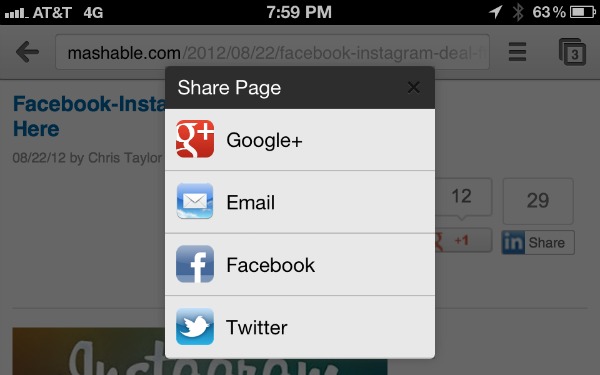Technology changes very quickly and I remember back to when I published that first video on my YouTube channel recorded with my 4 megapixel Canon PowerShot camera. The video quality in comparison to what is possible nowadays was very poor, but the content was more than acceptable.
My first YouTube camera … the Canon PowerShot A80
That was over eight years ago and the advancements in technology, during such a short time, is simply quite amazing. I experienced compact cameras that gave us 720P video, soon followed by the same small photo snappers delivering 1080P video. Conventional camcorders giving up the ability to not only record in full HD, but also in 3D. Tiny little action cameras, that one could mount to a car, surf board, your body or even your pet dog. If we fast forward to the current day, all of these wonders of technology can now dazzle our visual senses with even more detail in 4K resolution.
Throughout my journey of creating visual content to share online, I have helped many others with questions and product recommendations. One of the most common questions, or for want of a better term, "excuses" is that many people want to create videos, but use their lack of "expensive" camera as an excuse.
Emails I receive are often like this (what follows is part of an actual email I received)… "Hello Dave, I really want to start my YouTube Channel but need an amazing camera and microphone setup. Can you suggest something around the £1,000 to £1,500 mark. Once I have saved enough money I can then start producing videos like you".
The perceived need for the so-called "best camera" could not be further from the truth. Look at how I started … with just the family point & shoot compact camera. Also, consider how smartphone technology has also evolved, with many capturing awesome 1080P and some even managing to deliver a crisp 4K experience too. So why wouldn't you share your own videos. Now is the time to use the technology you already have in your pocket or bag and share your story. We can no longer make the excuse that we do not have a great camera,
Throughout December, Intellicig are running a competition to give away a £200 Red Letter Day experience for two. Check out their #WhyWouldntYou campaign here.
Written in collaboration with Intellicig.


